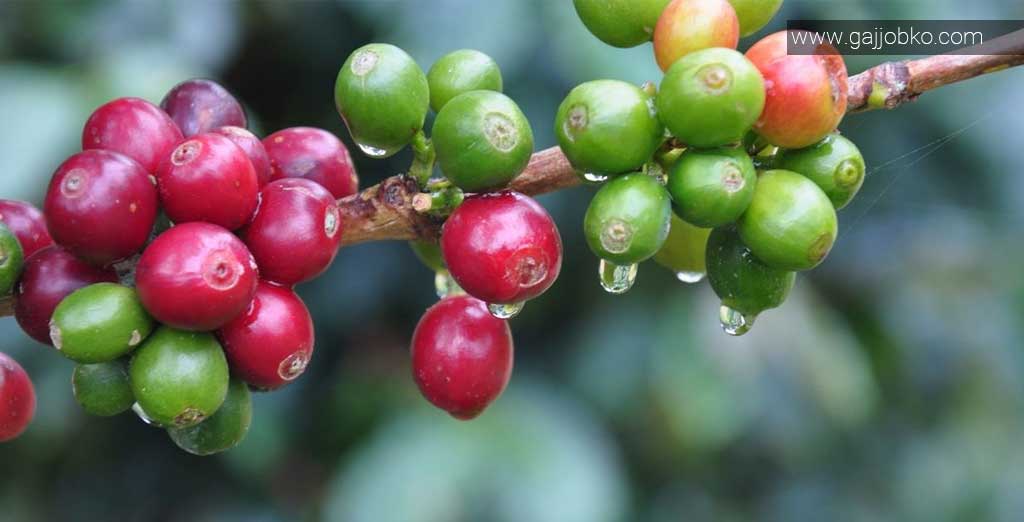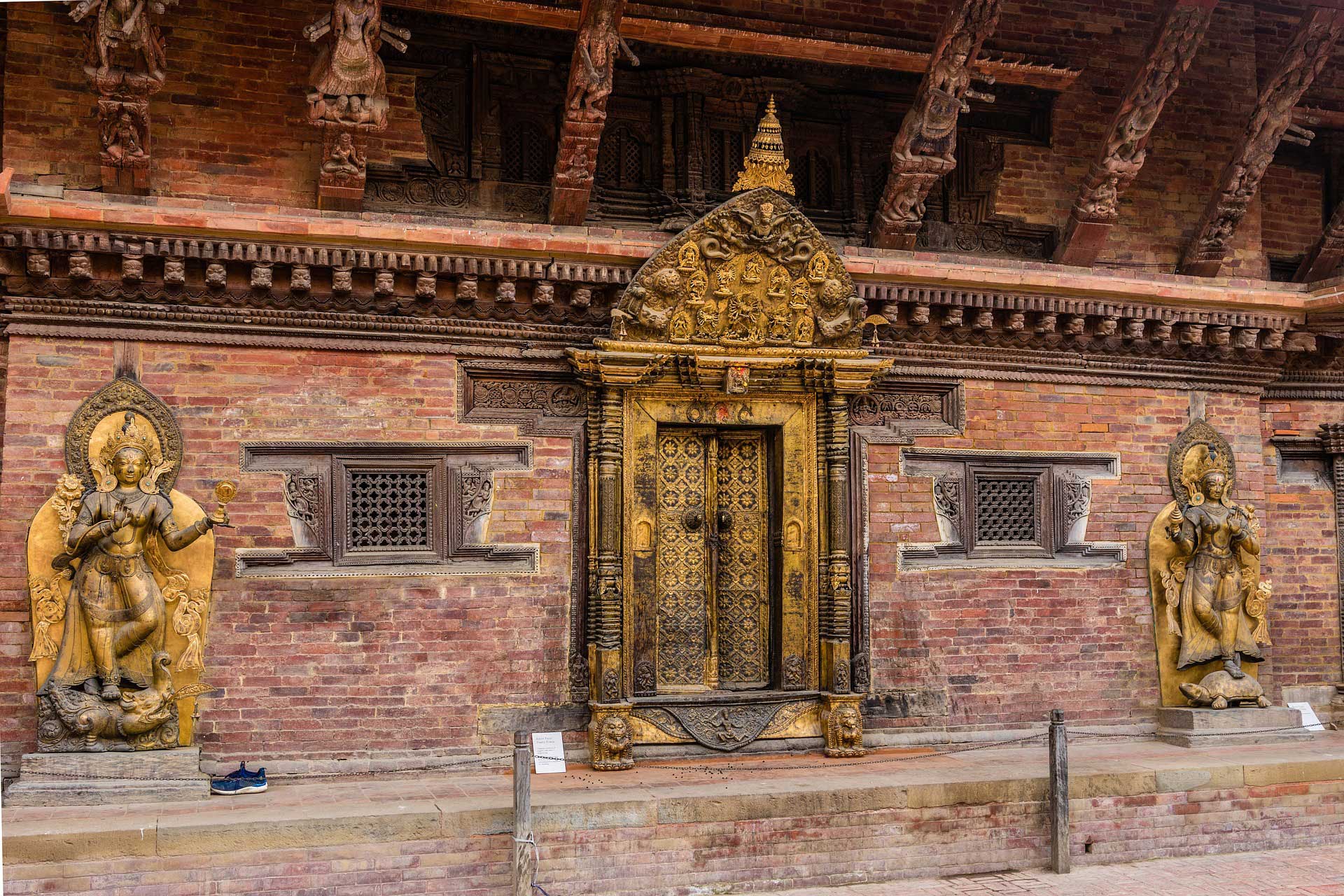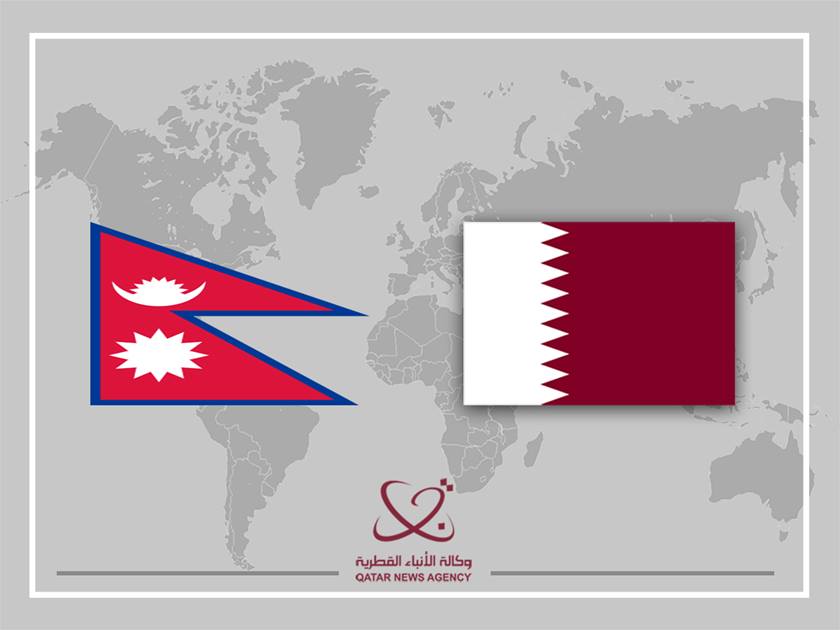
The Nepali coffee market is expanding all over the world while the trade deficit is increasing due to imports. Despite the decline in international trade due to the Corona epidemic, Nepal has exported 45,814 kg of prepared and raw coffee in the fiscal year 2076/77.
According to the customs department, Nepali coffee has been exported to more than a dozen developed countries including Japan, South Korea, Singapore, Germany, Switzerland, Norway, USA and Canada.
Country and details of Nepal exporting coffee in FY 2076/77
| Country | Quantity (in kg) | Price (in thousands) |
| Australia | 2460 | 2834 |
| Canada | 677 | 544 |
| Denmark | 2200 | 3085 |
| France | 600 | 681 |
| Germany | 13002 | 15104 |
| Hong Kong | 280 | 62 |
| Japan | 5552 | 4391 |
| South Korea | 4525 | 4003 |
| Netherlands | 2500 | 3754 |
| Norway | 18 | 13 |
| Singapore | 50 | 90 |
| Switzerland | 9058 | 14034 |
| China Taiwan | 399 | 409 |
| United Arab Emirates | 30 | 19 |
| US | 4415 | 7592 |
| UK | 320 | 601 |
The average price is 10 US Dollar per kg
According to the National Tea and Coffee Development Board, Nepal produces 530 metric tons of himalayan coffee beans annually. 33,984 farmers have cultivated coffee in 2,761 hectares across the country. Last year, about 530 metric tons of green coffee beans were produced. The production details of the current fiscal year are yet to come.
Out of the total production, only 84 metric tons is exported annually, Nepali coffee is exported at 8 to 15 Dollar per kg, an average of Dollar 10.
Arabica coffee is grown in all parts of Nepal. Nepali coffee is very popular among foreigners as it grows at an altitude of 800 to 1500 meters above sea level.
Nepali coffee will be promoted as the coffee of the country of Everest. “Coffee is sold along with the story of Nepal’s geographical beauty”. Some are certified organic, many are accepted as organic because of the Nepalese climate.
As Nepali coffee has met 80 percent criteria in grading, some coffees are considered to be of high quality and are exported.
Coffee farming incentives
Himalayan coffee beans is grown in 42 districts in Nepal. Gulmi, Arghakhanchi, Pyuthan, Palpa and Syangja are the largest coffee producers.
Although the market for Nepali coffee is good, commercial farming system has not been developed. According to the board, coffee is cultivated on a small plot of land with the involvement of district cooperatives.

Individually engaged farmers do not have technical and disease knowledge the board has formulated a program of wheel farming with subsidy to solve the problem of farmers.
Stating that information has been received that Nepali coffee has been exported by mixing Indian imported coffee, National Tea and Coffee Development Board said that preparations have been made to monitor the market for indigenous products.
More imports than exports
Despite the good quality of domestic products, the consumption of imported coffee is high in Nepal. In FY 2011/12, Nepal exported 84.30 metric tons of coffee and imported 1262 metric tons of coffee worth Rs. 98 million. According to the Trade and Export Promotion Center, the country has exported 220,235 kg of unroasted coffee worth more than Rs 248.8 million and 4657 kg of roasted coffee worth Rs 68.28 million in the last five years.




Coffee nectar of the gods☕
informative
Beautiful coffee